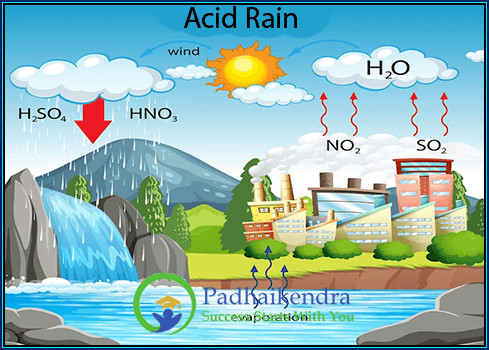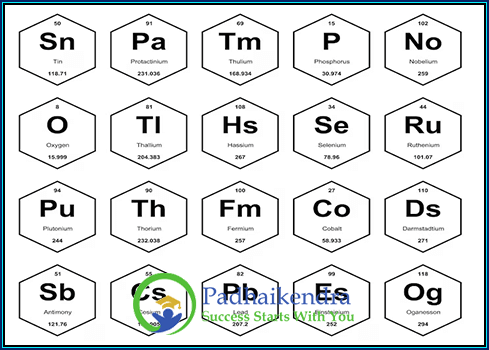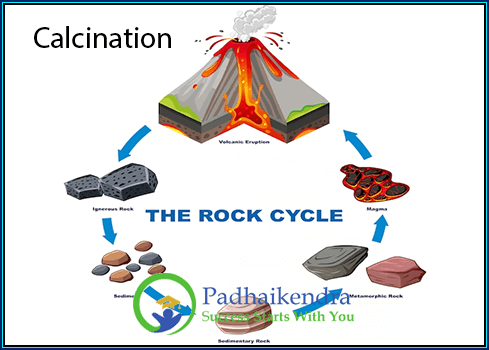What are Solids?
Solids are one of the four states of matter and are characterized by having a definite shape and volume. The particles of a solid are tightly packed together and are held in a fixed position by strong intermolecular forces, such as ionic, covalent, or metallic bonds. This means that solids are generally not compressible and do not easily flow or change shape.
Types of Solids


There are two main types of solids: crystalline and amorphous. Crystalline solids have a regular and repeating arrangement of atoms or molecules in a well-defined pattern called a crystal lattice. Examples of crystalline solids include table salt (NaCl), diamond, and quartz. Amorphous solids, on the other hand, have a disordered or random arrangement of atoms or molecules. Examples of amorphous solids include glass, rubber, and plastic.
Applications of Solids
Solids have many practical applications in fields such as construction, engineering, and manufacturing. For example, metals are often used in construction because of their strength and durability, while ceramics are used in electronics and medical implants because of their biocompatibility and heat resistance.
Properties of Solids
The properties of solids can vary depending on the substance and the arrangement of its particles. However, some general properties of solids include:
Definite shape and volume: Solids have a fixed shape and volume, which means they retain their shape and size even when subjected to external forces.
High density: Solids have a high density compared to liquids and gases, which means they have a relatively large mass per unit volume.
Low compressibility: Solids have low compressibility, which means they do not compress easily when subjected to external pressure.
High melting and boiling points: Solids have high melting and boiling points, which means they require a lot of energy to change state from solid to liquid or gas.
Rigid structure: Solids have a rigid and stable structure due to the strong intermolecular forces that hold their particles in fixed positions.
Low thermal expansion: Solids have a low thermal expansion, which means they do not expand or contract significantly with changes in temperature.
Brittle or ductile: Solids can be either brittle, meaning they break or shatter easily under stress, or ductile, meaning they can be stretched or bent without breaking.
Electrical conductivity: Some solids are good conductors of electricity, such as metals, while others are insulators, such as plastics.
Optical properties: Solids can have various optical properties, such as transparency, opacity, or reflectivity, depending on the substance and its structure.





